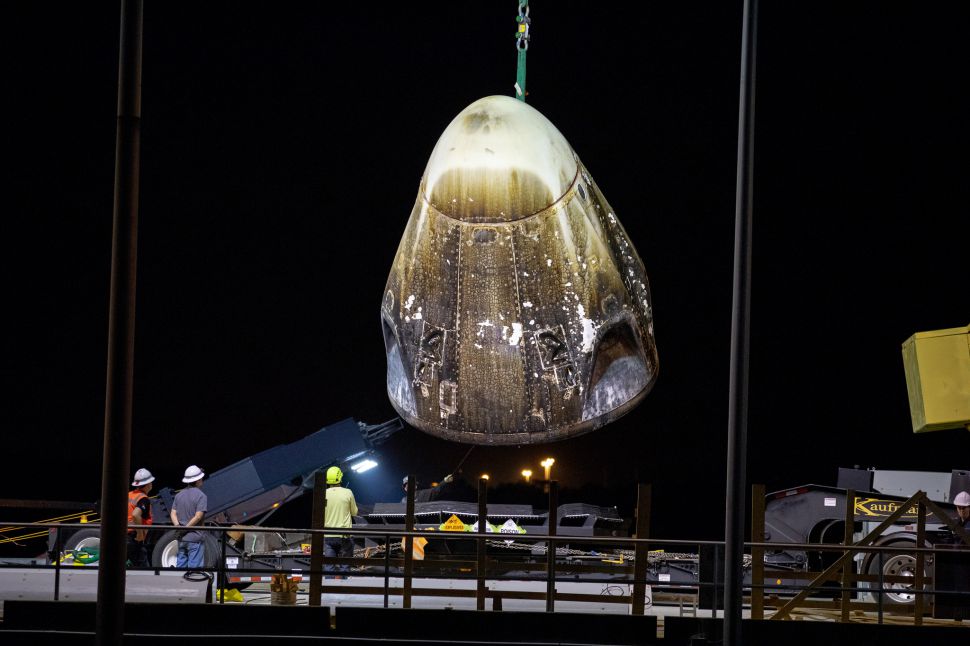A SpaceX Crew Dragon Safety Test Went Very Wrong. Here's Why That Matters

Something went wrong Saturday (April 20) as SpaceX tested the emergency escape system on the company's Crew Dragon spacecraft. The incident was bad news for SpaceX and NASA's goal of putting astronauts into space via a commercial mission in the near future.
The company and NASA have been a bit cagey about the exact nature of the incident, which both SpaceX and NASA Administrator Jim Bridenstine termed an "anomaly" in their statements. But Florida Today reported that a smoke plume was visible for "miles" around Cape Canaveral after the incident. And an unconfirmed video (shared on Twitter and since deleted) appeared to show a severe explosion in the spacecraft. No one was aboard the craft during the test.
"The NASA and SpaceX teams are assessing the anomaly that occurred today during a part of the Dragon SuperDraco static fire test at SpaceX Landing Zone 1 in Florida," Bridenstine posted on Twitter Saturday night. "This is why we test. We will learn, make the necessary adjustments and safely move forward with our Commercial Crew Program." [Photos: Colonial-Age Shipwrecks Found Off Cape Canaveral Coast]
The damaged spacecraft was the same Crew Dragon capsule that traveled to space on March 2 as part of an uncrewed mission (dubbed Demo-1) to the International Space Station, as Live Science sister site Space.com reported.
The static fire test (in which the spacecraft is held in place) was a precursor to a live test of the SuperDraco thrusters. These are designed to safely heave the capsule away from the rocket in the event of an emergency. The Dragon capsule was being prepared for that test.
Spaceflight Now reported that the first crewed mission on Dragon, called Demo-2, would have involved a new Dragon capsule. It was scheduled for sometime after July 25, though Spaceflight Now reported that the launch was already likely going to be delayed by several months before this incident happened.
SpaceX isn't the only company working to build a viable spacecraft for crewed missions. Boeing is due to launch its Starliner capsule uncrewed later this year. However, as Space.com reported, that launch has faced its own delays.
Sign up for the Live Science daily newsletter now
Get the world’s most fascinating discoveries delivered straight to your inbox.
Until one of these companies gets its crewed rockets working, NASA (which has invested in commercial crewed missions in a big way since the space shuttle's retirement in 2011) is stuck hitching rides for its astronauts to and from space on Russian Soyuz capsules.
- In Photos: A Look at China's Space Station That's Crashing to Earth
- 11 Fascinating Facts About Our Milky Way Galaxy
- 10 Interesting Places in the Solar System We'd Like to Visit
Originally published on Live Science.











